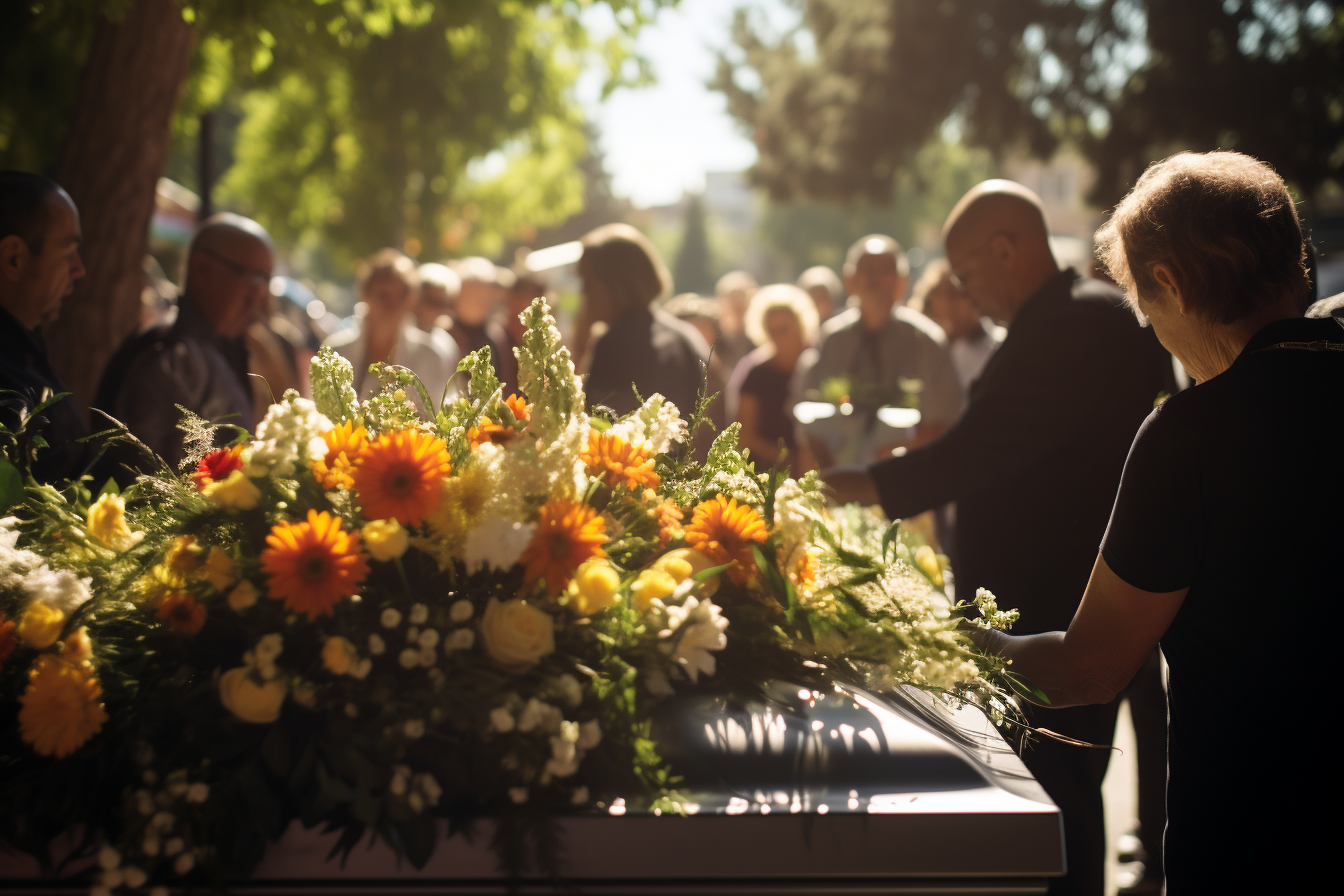Overview of Hospices in Ecuador
Hospices in Ecuador are becoming more common as the country’s healthcare system seeks to provide better end-of-life care to its citizens. These hospices are typically run by non-profit organizations and provide a variety of services to patients who are nearing the end of their lives. These services include pain management, emotional support, and spiritual care. Hospices in Ecuador also provide counseling and support to family members of the patient.
One of the most well-known hospices in Ecuador is the Fundación Oncológica del Oriente Ecuatoriano (FOOE), which is located in the city of Cuenca. The hospice provides palliative care services to cancer patients and their families, and also offers education and training to healthcare professionals. Another notable hospice is the Hospice San Camilo, located in Quito, which provides end-of-life care to terminally ill patients.
Local Customs and Practices When Someone Dies in Ecuador
Ecuadorian culture places a strong emphasis on family and community, and this is reflected in the customs and practices surrounding death. Funerals in Ecuador are typically large events that involve the entire community coming together to mourn the loss of a loved one.
In many parts of Ecuador, it is common for the body of the deceased to be displayed in the family home for a period of time before the funeral. This allows family members and friends to pay their respects and say their final goodbyes. The wake, or “velorio” in Spanish, is an important part of the grieving process in Ecuadorian culture.
Another important custom in Ecuadorian culture is the “novenario,” which is a nine-day period of mourning that begins after the funeral. During this time, family members and friends gather to pray and remember the deceased.
What to do When Someone Dies in Ecuador
When someone dies in Ecuador, there are several important steps that must be taken. Here is a numbered list of what to do:
Notify the authorities: The first step is to notify the local authorities of the death. This includes the police, who will investigate the cause of death, and the civil registry office, which will issue a death certificate. The death certificate is required for many legal and administrative purposes, such as settling the deceased’s estate.
Contact a funeral home: Once the authorities have been notified, the next step is to contact a funeral home to make arrangements for the funeral. It is important to choose a reputable funeral home that is licensed by the government and has experience in handling the funeral arrangements.
Plan the funeral: The funeral can be a large and complex event in Ecuadorian culture, so it is important to plan carefully. This may include choosing a location for the funeral, selecting a coffin or urn, arranging for flowers and other decorations, and organizing transportation for the family and guests.
Notify family and friends: It is important to notify family and friends of the death as soon as possible. This can be done through phone calls, text messages, or social media.
Arrange for the wake: As mentioned earlier, the wake is an important part of the grieving process in Ecuadorian culture. The family may choose to hold the wake in the family home or at a funeral home. It is important to arrange for food, drinks, and other supplies for the wake.
Attend the funeral: It is customary for family members and friends to attend the funeral to pay their respects to the deceased and offer support to the family. The funeral may include religious or cultural rituals, such as a mass or a procession.
Complete administrative tasks: After the funeral, there may be a number of administrative tasks that need to be completed, such as notifying banks, insurance companies, and government agencies of the death. It is also important to settle the deceased’s estate, which may involve distributing assets, paying debts, and fulfilling any final wishes or instructions left by the deceased.
Observe the novenario: As mentioned earlier, the novenario is a nine-day period of mourning that follows the funeral. It is customary for family members and friends to gather during this time to pray and remember the deceased.
Seek support: Grieving the loss of a loved one can be a difficult and emotional process. It is important for family members and friends to seek support from each other, as well as from healthcare professionals, counselors, or religious leaders, if needed.
End-of-life care and the customs surrounding death are important aspects of any culture, and Ecuador is no exception. As hospices become more prevalent in the country, there is hope that the quality of end-of-life care will continue to improve for all Ecuadorians. Additionally, understanding the local customs and practices surrounding death is crucial for those who may find themselves dealing with the loss of a loved one in Ecuador. By following the steps outlined above, individuals can ensure that they are taking the appropriate steps to honor the deceased and support their loved ones during a difficult time.

